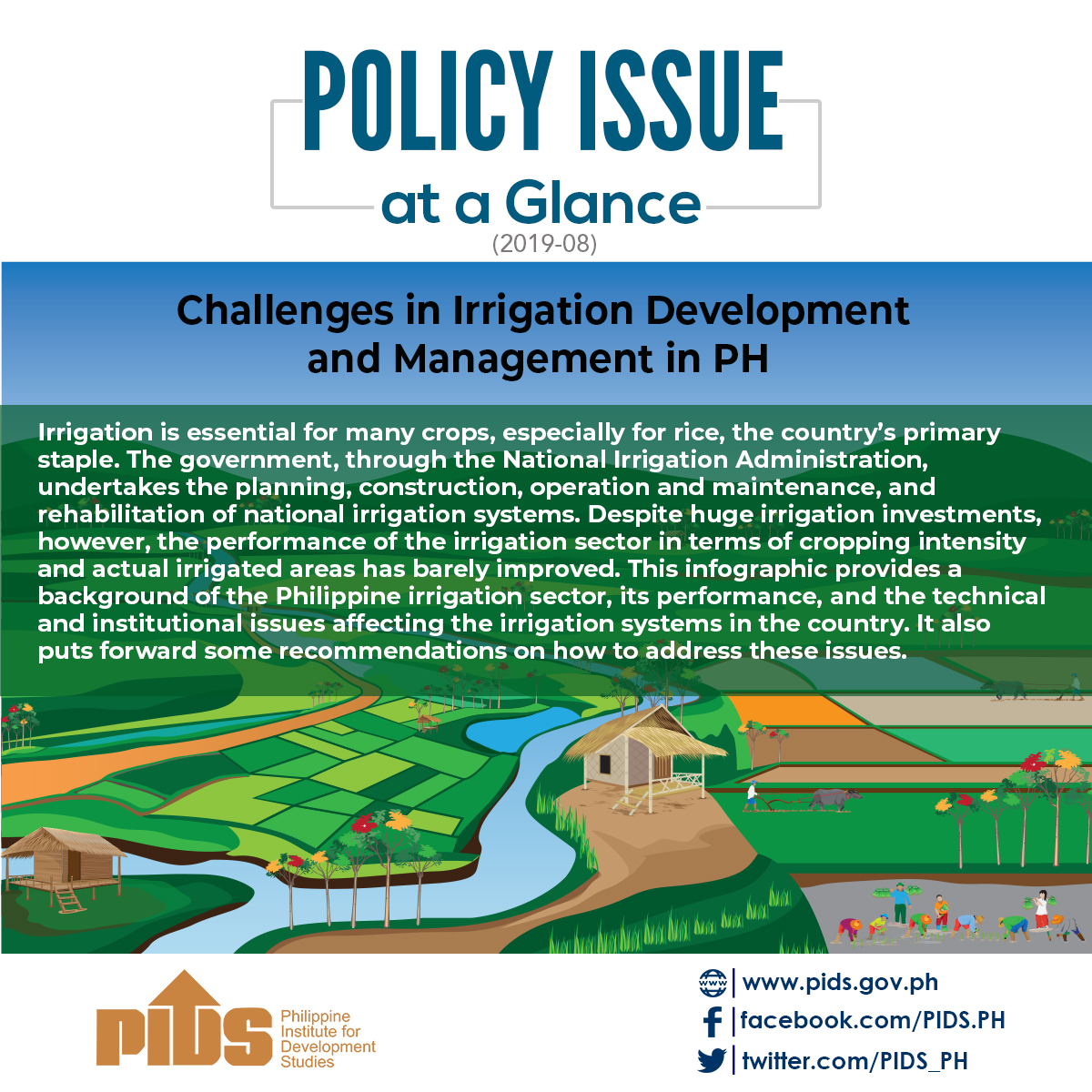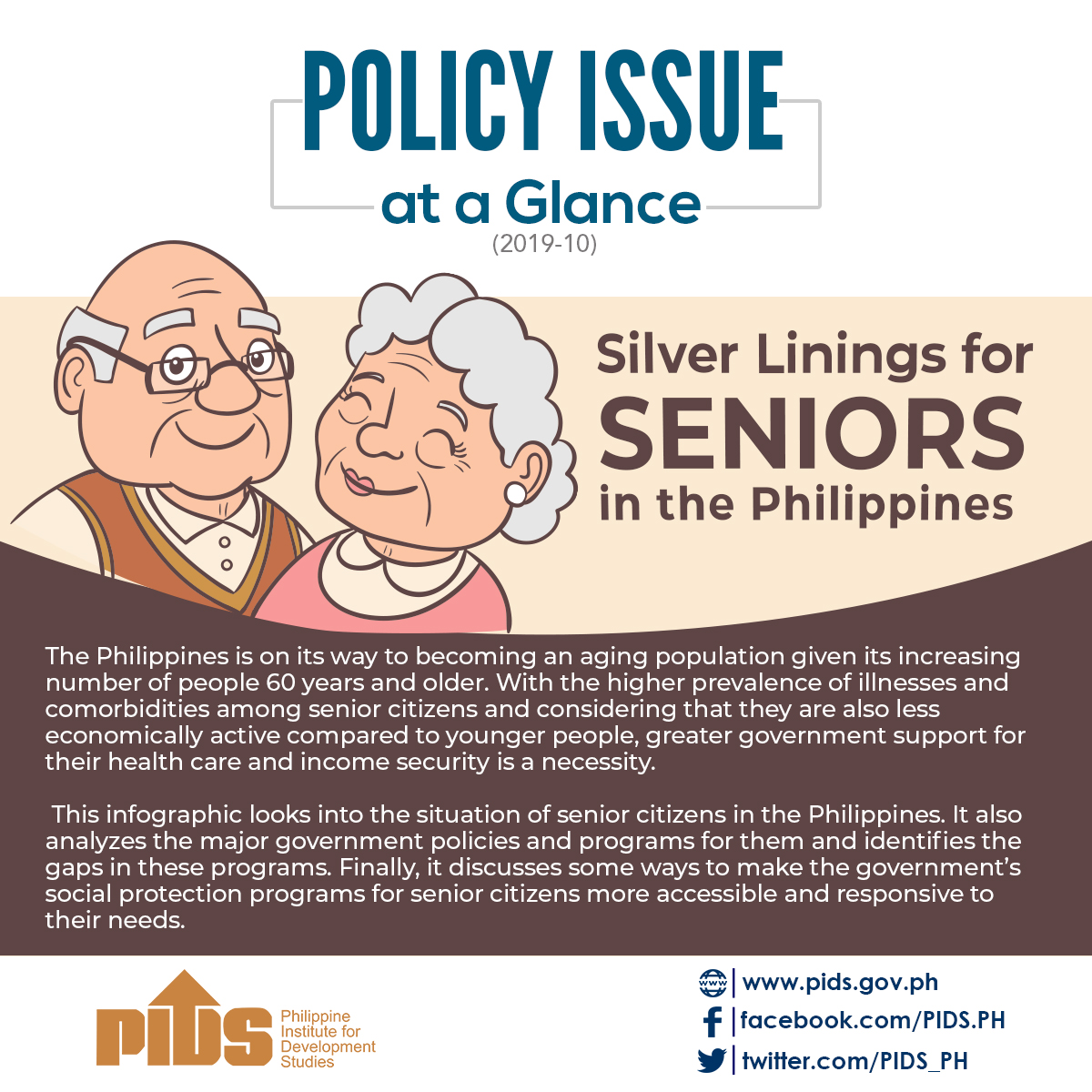IF the national government will cut bus trips along Edsa’s super corridor from Magallanes to East Avenue by 20 percent, this would result in a P19.86 billion worth of benefit in a span of only six years.
This was among the key findings of the study released by state-owned think tank Philippine Institute for Development Studies (PIDS), titled "Diagnostic Report on the Bus Transport Sector,” authored by PIDS Supervising Research Specialist Sonny Domingo, Research Fellow II Roehlano Briones and Consultant Debbie Gundaya.
By doing so, the authors estimated that this will yield a net present value of P13.2 billion in the medium term, or three years, and P19.86 billion in the long term, or six years.
"An effective decongestion policy that will lead to a decrease in bus trips by at least 20 percent within the Edsa super corridor, while still sufficiently servicing existing passenger demands, will yield substantial returns in the medium and long term,” the authors said.
Based on the results of the study, the authors said the annual cost due to congestion was estimated at P5.51 billion.
This is composed of P4.57 billion in foregone wages of passengers and bus operator’s cost of P939.21 million.
The authors noted that the cost brought about by congestion is five times higher than the cost on the part of the bus operator.
"Results showed that the value of time wasted due to traffic congestion is immense. Reducing bus trips eases congestion and permits faster travel time on average; buses can also achieve faster turnover, hence, passengers can expect equal availability of bus service,” the authors said.
To ease congestion, the authors said there is a need to limit the number of buses and/or operators in the franchised routes. This will allow for more effective monitoring and compliance.
Further, they said there is a need to target the totality of vehicles using the routes, particularly private automobiles that constitute the bigger number of road users.
The authors also stressed that maximizing the benefits of these measures require proper and strict enforcement of these policy changes, as well as existing traffic and transport policy, particularly on franchise agreements.
The study stressed that in the 1992 liberalization policy for the transport sector, there is a moratorium on franchise issuance as indicated in the 2000 to 2003 directives; a 15-year age requirement for vehicles; and the regulated fare-setting for all public-utility vehicles.
"Industry accommodations have allowed new operators to bypass the moratorium directive, while selective enforcement [or non enforcement in this case] has allowed older buses to service the public,” the study stated.
The study stated that Metro Manila is inhabited by around 12 million people at 191 persons per hectare.
It added that based on 2010 figures, there are two million vehicles plying the streets. These vehicles share 1,000 kilometers of road infrastructure spread across 16 cities and 1 municipality.
There are several modes of public transportation in Metro Manila. These include buses that ply major thoroughfares such as EDSA; Jeepneys that ply the mega city’s secondary roads; AUVs that have fixed routes of no more than 15 kilometers; and tricycles and pedicabs that seat only one to three people at short distances in residential areas and arterial roads.//
PIDS: Cut on Edsa bus trips to yield P19.86 billion in 6 years












